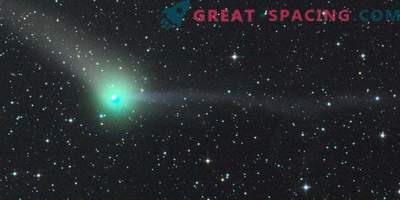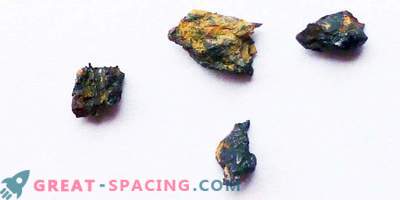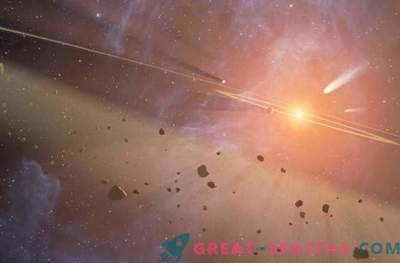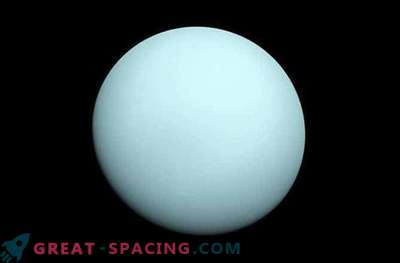
Electron micrograph of interplanetary dust particle of probable cometary origin
The solar system appeared about 4.6 billion years ago, when fields of interplanetary dust orbiting the sun merged into planets and smaller objects. Pre-solar dust particles no longer exist in the internal system, since they have long been destroyed, reformed and regrouped in several phases. In such a long period of time, scientists can only draw conclusions about the composition and processes that led to the current system configuration.
Pre-solar dust is distributed by comets throughout the system. Ground analysis showed that this dust contains GEMS (glass with embedded metal and sulphides) that does not contain carbon. Some have isotopic anomalous a-silicate components, which could appear only in other stars, which means they store samples of the interstellar medium.
In the new study, many conclusions were drawn about pre-solar dust based on observations and data from a CDA instrument aboard the Cassini orbiter that had studied Saturn for more than 20 years. There is an assumption that GEMS was formed in the interstellar medium by the destruction of grains, amorphization and erosion from supernovae and experienced subsequent aggregation periods. With the repetition of the cycle, the dust was repeatedly and gradually destroyed and reformed. Cassini data indicate the presence of iron in modern interstellar dust. It is believed that irradiation in the interstellar medium provides sufficient energy for the inclusion of a small number of metal atoms in amorphous silicates containing dust. After the collapse of the pre-solar molecular cloud, these primary metals with the integrated metal of the first generation created second-generation aggregates, which were then incorporated into small ice cometary bodies.

An elementary map of tiny vitreous grains (blue and green spots) inside the inter cometinal dust particle of the cometary type. Carbon material (red) holds these objects together. The image was collected using a scanning transmission electron microscope.
Scientists noted that complex organic substances in ice grains must have a high-radiation environment before being incorporated into larger bodies, which could be the result of vertical diffusion of dust over the average plane of the system. The researchers also added that their picture remains incomplete and most of the data is still inaccurate. But we now have a certain restriction on the creation of the solar system and the aggregation of pre-solar dust.











































